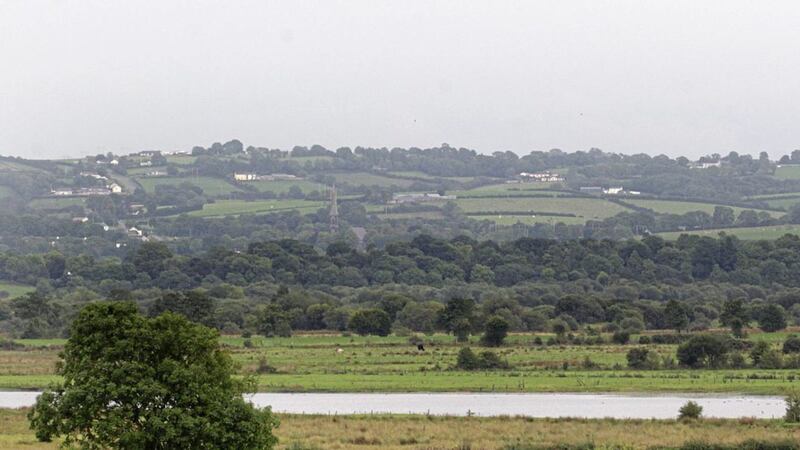ARCHAEOLOGISTS have found evidence of an ancient settlement along the route of a disputed £160m road planned for countryside that features in the work of poet Seamus Heaney.
It is understood that deposits and artefacts have been found at what is believed to be a Mesolithic settlement during a recent dig along a proposed route in recent weeks.
The Mesolithic period dates between 5,000 - 10,000 years ago in north-west Europe.
Details of the dig emerged after it was revealed that Mr Heaney was opposed to the controversial road through south Derry.
The poet, who was a native of the area, wrote to secretary of state Peter Hain in 2005 to voice his concerns about the road through what has since been branded ‘Heaney Country’.
The nine-mile dual carriageway will replace the existing road from Castledawson to the M22 motorway, including several bottlenecks which can cause lengthy tailbacks for motorists travelling between Belfast and Derry.
In his letter, which has been seen by the Irish News, Mr Heaney said he had “known and loved this area since childhood and have written about it – or rather out of it – often”.
“It is one of the few undisturbed bits of wetland in mid-Ulster, a direct link to the environment our Mesolithic ancestors knew in the Bann Valley and a precious ‘lung’ in the countryside,” he said.
The ancient site is located on private land close to the main Derry to Belfast road.
Mr Heaney suggested an alternative route, known as the ‘brown route’, through a disused airfield which he said would “entail less destruction to one of the remaining physical and, indeed, psychic resources in that part of the world.
“The brown route is through the old Creagh airfield, a zone that is altogether less of a sanctuary,” he said.
James Orr from Friends of the Earth believes the archaeological dig should now be widened to include other parts of the Lough Beg area.
“The route (of the road) seems to be on the original shoreline or just above it,” he said.
“The question is, why did they not extend their excavation?”

A spokeswoman for the Department for Infrastructure (DFI) said the dig area “is a known site along the scheme which is being and was programmed to be evaluated as part of the advance archaeological works”.
She added that officials have been working with other agencies “to sensitively excavate the archaeological remains and record these important deposits and associated artefacts in advance of construction”.
She said the results will be published after they have been “assessed and analysed”.
Mr Orr said the letter confirms Mr Heaney was opposed to the disputed route.
“Not only was he opposed to the road, he campaigned against the road and for a poet that is very significant,” he said.
“I think the strength of his intervention was that he was a poet.”
The campaigner said Mr Heaney was aware of the historical and cultural significance of the Lough Beg area.
“He recognised the importance of it as an archaeological hotspot, which is only getting revealed in the last few weeks,” he said.








